Plurality cultures in modern South Asia
Dr. Thomas K. Gugler
Duration of the research project 12/2017 – 10/2021
South Asia is one of the poorest, most religious and most conflict-prone regions in the world. With Islamic, Buddhist and predominantly Hindu states, South Asia is better placed than any other region to generate cross-religious insights into the plurality strategies of different religious actors. After the turmoil of partition in 1947, different political and constitutional approaches and frameworks emerged in the Islamic secessionist state of Pakistan and the much larger democratic reference society of India with regard to the issues of ethnicity, religious diversity and diversity, which led to different developments even under the conditions of more democratic or authoritarian styles of government. In cross-national religious sociological studies, India is not only recorded as a country of the highly religious with the highest measured frequency of prayer, but also as the country with the highest degree of religious pluralism.
Indian Islam was nationalized in the artificial state of Pakistan. The nation-state implementation of Islam was a symbol of the political project of unifying the two parts of the country in the east and west, which were linguistically and culturally very different and 2500 km apart. As early as 1953 – with the Munir Report as a result of the mass riots against Ahmadis – the Pakistani state dedicated itself to the project of defining who was a Muslim and who was not. After the traumatic loss of East Pakistan in the 1971 War of Independence, the political and psychological need for a strong Islam grew dramatically in the residual and rump state of West Pakistan. In 1974, numerous laws were passed against the Muslim Ahmadi minority, legalizing far-reaching discrimination. This reinforced the sectarian fragmentation of Pakistani society.
The aim of the research project was to provide a descriptive, cross-national comparison of the different developmental dynamics of various religious communities after 1947 and thus to systematically and analytically record the practical effects of national religious policy. The focus was on dealing with religious and sexual diversity.
The research project cooperated with the Cluster of Excellence “Religion and Politics” at the WWU Münster.
Selected publications on the project
Gugler, Thomas K. (2015): “Barelwis: Developments and Dynamics of Conflict with Deobandis”, in: Lloyd Ridgeon (Ed.): Sufis and Salafis in the Contemporary Age. London: Bloomsbury, pp. 171-189.
Gugler, Thomas K. (2014): “Okzidentale Homonormativität und nichtwestliche Kulturen”, in: Florian Mildenberger, Jennifer Evans, Rüdiger Lautmann and Jakob Pastötter (eds.): What is homosexuality? History of research, social developments and perspectives . Hamburg: Männerschwarm, pp. 141-179.
Gugler, Thomas K. (2011): Mission Medina: Daʿwat-e Islāmī and Tablīġī Ǧamāʿat. I.d.R.: Culture, Law and Politics in Muslim Societies. Vol. 18. Würzburg: Ergon.

